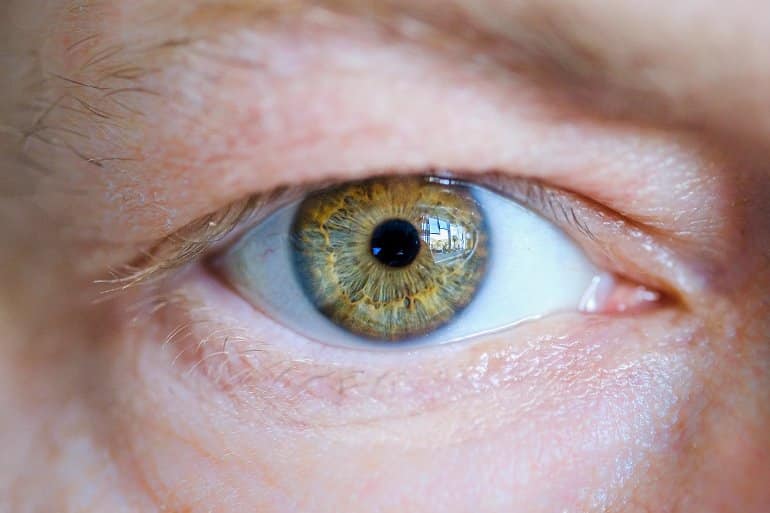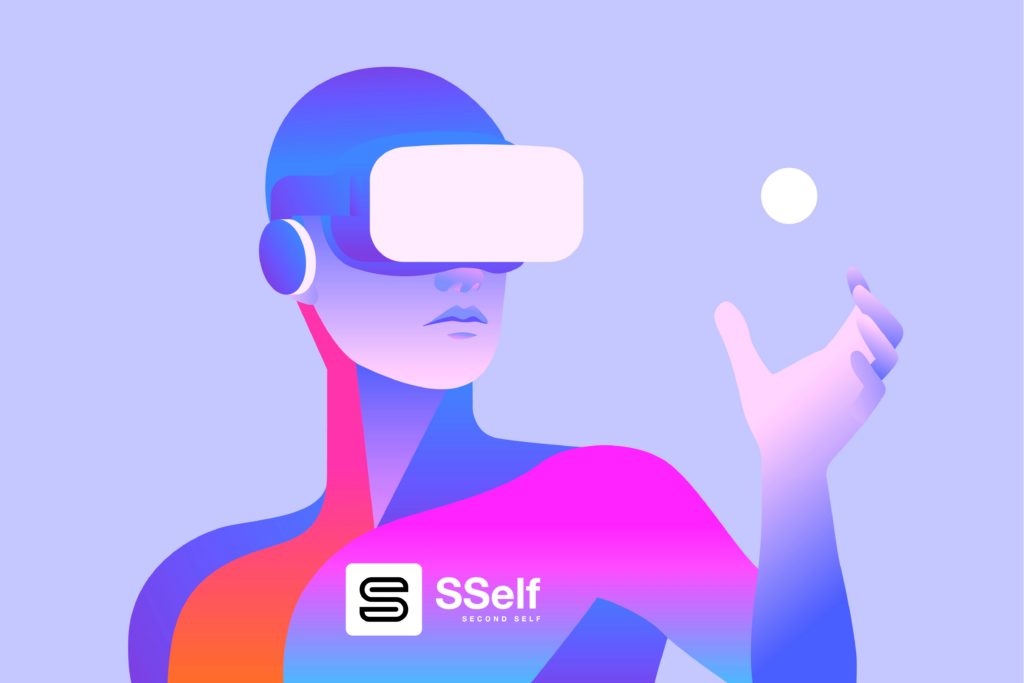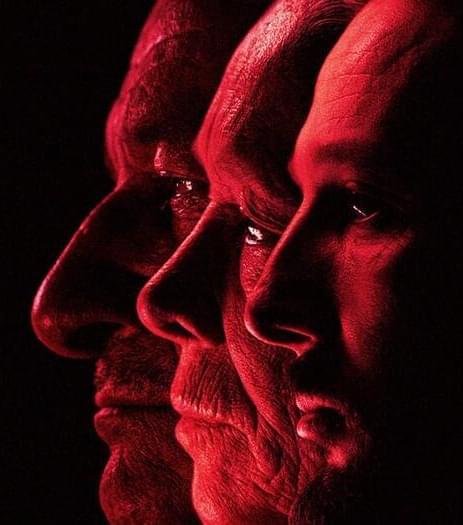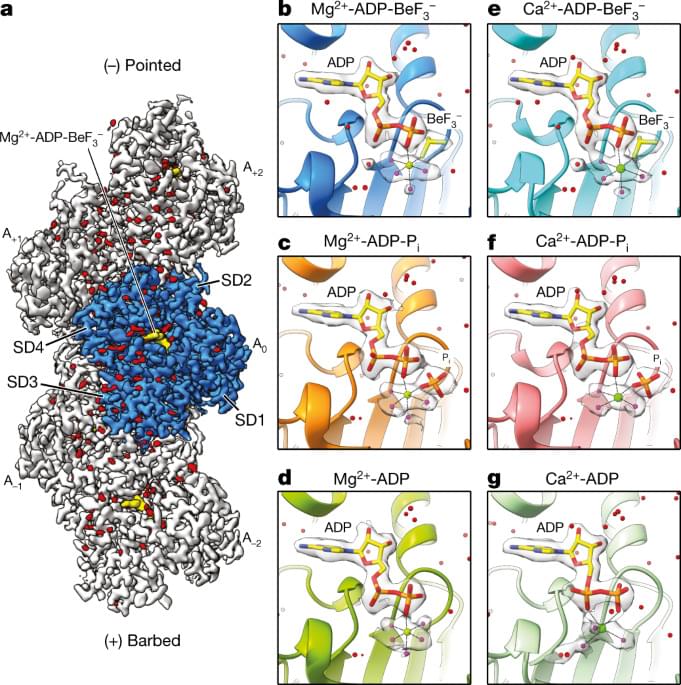The Aging and Drug Discovery Conference (ARDD) 2022 is pleased to present Alex Zhavoronkov from Insilico, with the talk A case study of the application of Pharma. AI platform for discovery and development of dual-purpose therapeutics targeting aging and disease.
Held in Copenhagen at the glorious Ceremonial Hall, this meeting gathers the most prominent figures of the aging and longevity research field, from scientists to clinicians, investors, developers, and everything in between. The fast growth of the conference is evidence of its great quality of it. In 2022 we had around 400 people on-site, and many others joined through the web.
To find out more check www.agingpharma.org #ARDD #ARDD2022 #Longevity





